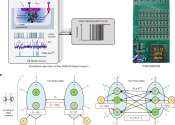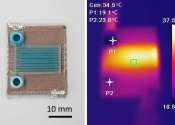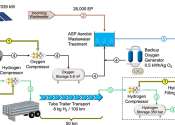Engineers develop new method to spot lithium-ion battery problems
Mechanical engineers at the University of Sheffield have developed a new way of determining the internal structure and health of batteries that power many of the electronic devices and vehicles at the center of our everyday ...
Dec 14, 2023
0
16









